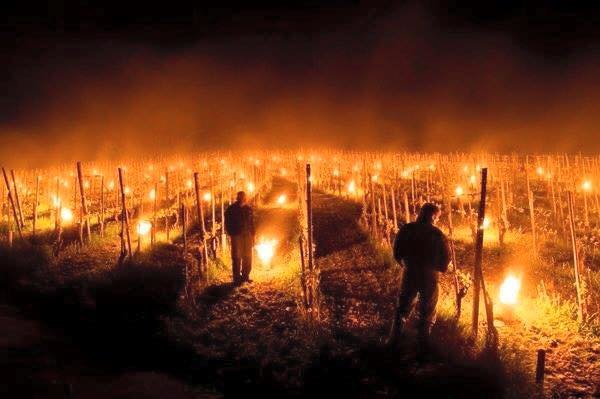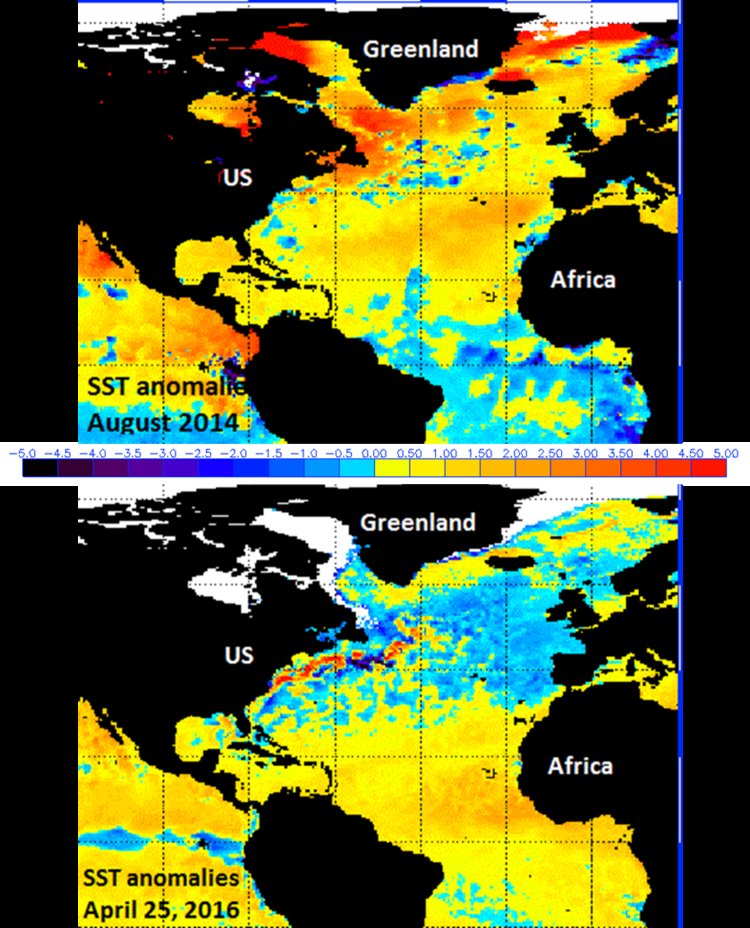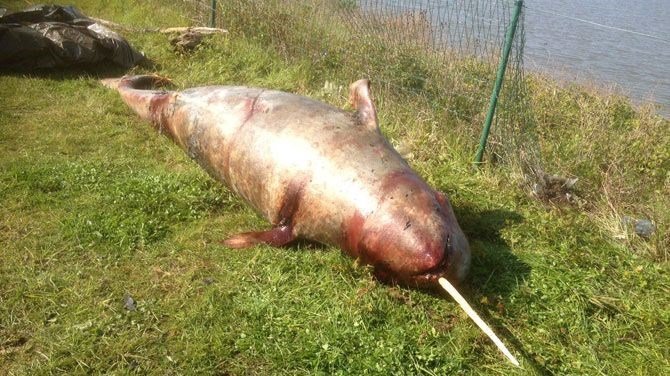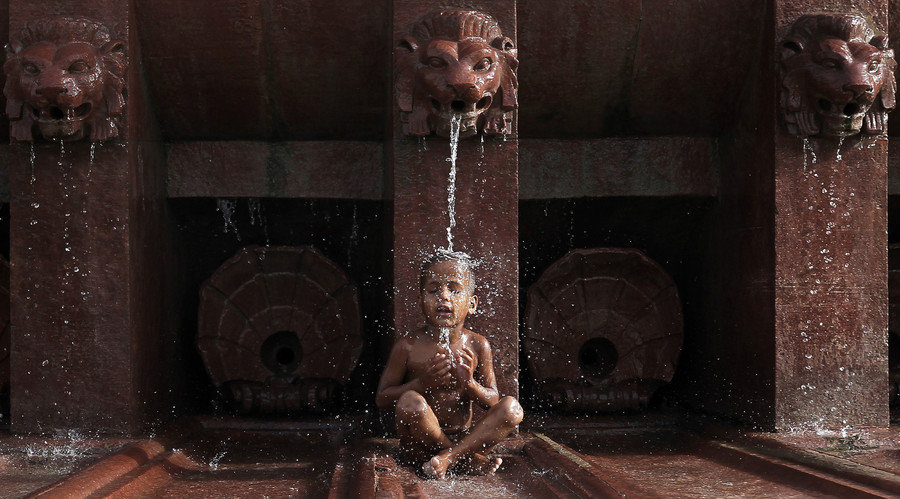OF THE
TIMES
Read the rest of Paolo's article here.Our planet is going through the irreversible process of global warming, and even if various strategies have been planned to solve the problem, none of them provided a solution.
This is causing natural disasters all over the planet. The temperature all around the planet is increasing making the ice in the pole melt.
Only a "global strategy" can be adopted.
To cool down the temperature a huge greenhouse is placed in between the sun and us.
This works according the same principle of the "solar tower". Thanks to the accumulation of heat in the glazed structure, air flows naturally from hot to cold generating rapid and strong flows. These flows bring hot air far from the Earth cooling down the temperature of the whole globe.
The air flows restore better climate conditions and moreover generate renewable energies by wind turbines placed inside the structures.



Wie erfolgreich der Einsatz der #Frostkerzen in der Bündner #Herrschaft war, sehen die Winzer frühestens heute Abend pic.twitter.com/BB21XTKczT
— Philipp Wyss (@Pradaschan) April 28, 2016

